Earlier this winter, 620 white tubes were installed on the south side of the St. Joseph wetlands.
Inside those tubes are 620 trees.
The trees are oak, hickory, bald cypress
“The planting was dividing into zones based on wetland tolerance,” said Renee Weitekamp the Administrative Coordinator for the Champaign County Soil and Water Conservation District.
The tubes were placed around the trees to protect them from being grazed by deer and rabbits.
The Champaign County Soil and Water Conservation District restored the north said of the Wetlands a few years ago but funding has been a hurdle in completing the restoration on the south side.
Weitekamp said the Champaign County Soil and Water Conservation District planned for the restoration to be similar to what was done on the north portion, but over the years, they have watched the trees and began to realize they would always create problems.
“After much discussion, it was decided a forested wetland restoration would be more applicable,” she said.
Weitekamp said the biggest challenge to the restoration will be controlling the reed canary grass that typically grows in the wetlands.
“This will take a diligent maintenance routine for years,” she said. “The existing trees will also be thinned to improve their quality.”
Regular maintenance and routine monitoring will continue to ensure at least 10 different native species are flourishing in the restoration project.
Weitekamp said the long term goal is to maintain a high-quality wetland that functions to help improve water quality.
“This increases the overall health of the watershed and provides education opportunities on wetlands, habitat and water quality,” she said.



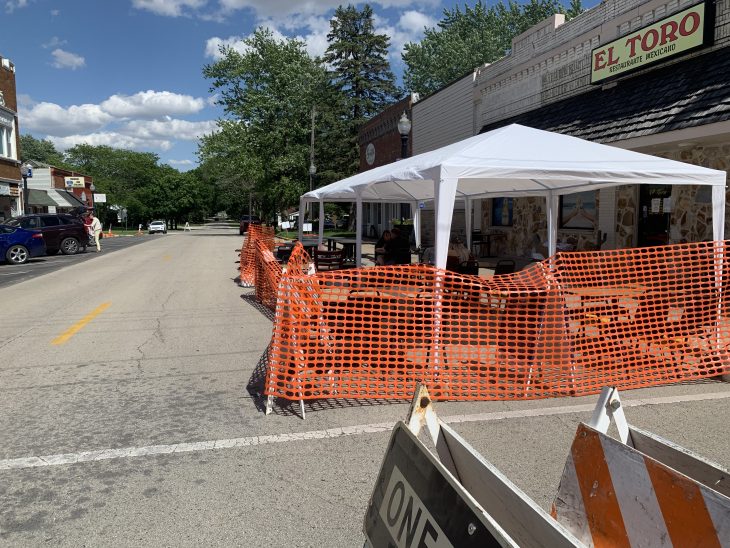

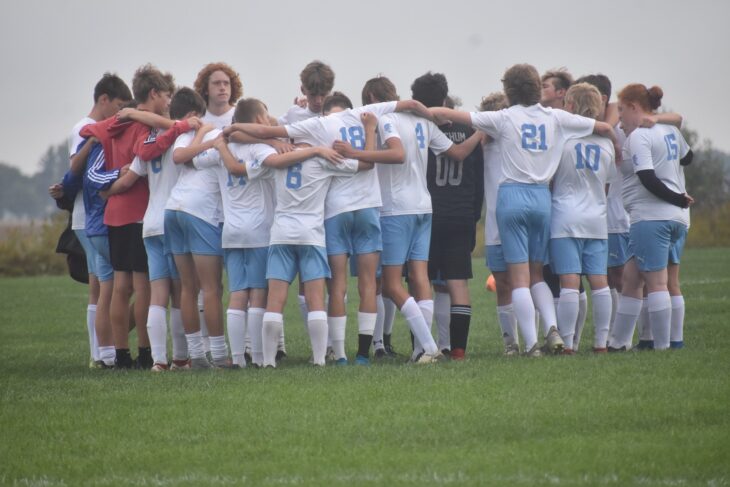


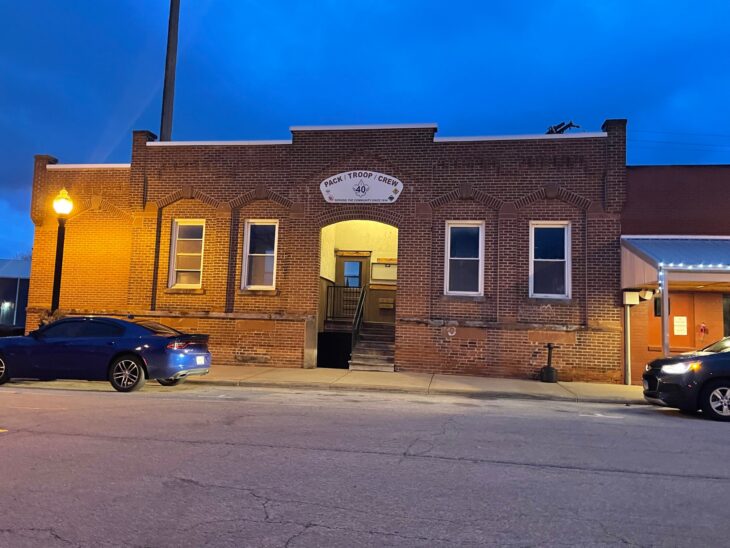


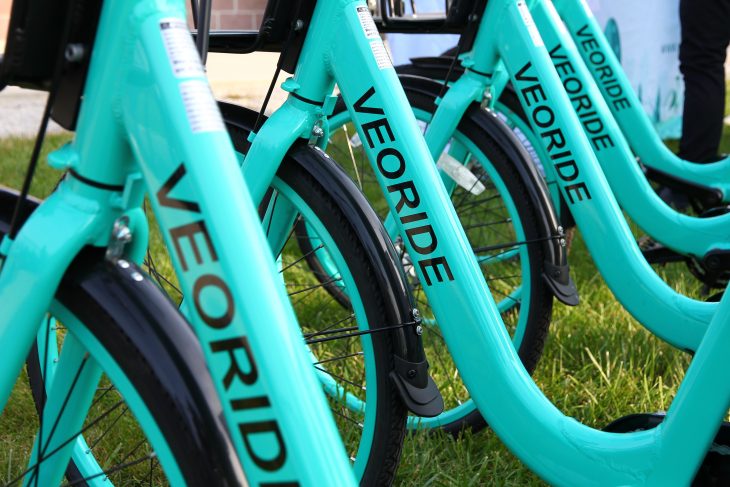
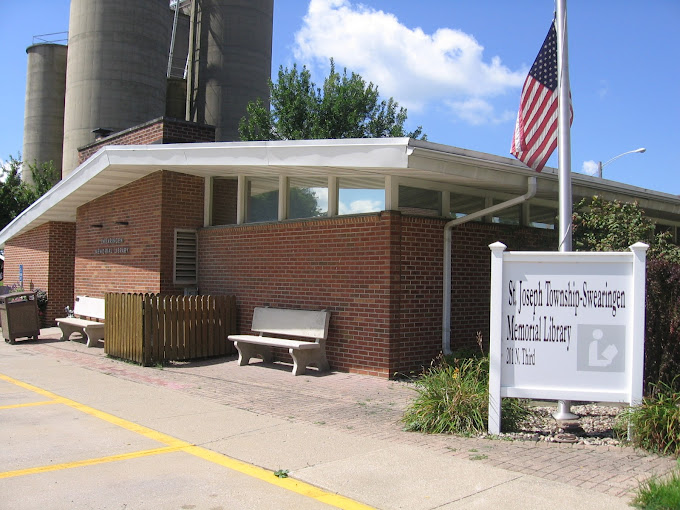












You must be logged in to post a comment.